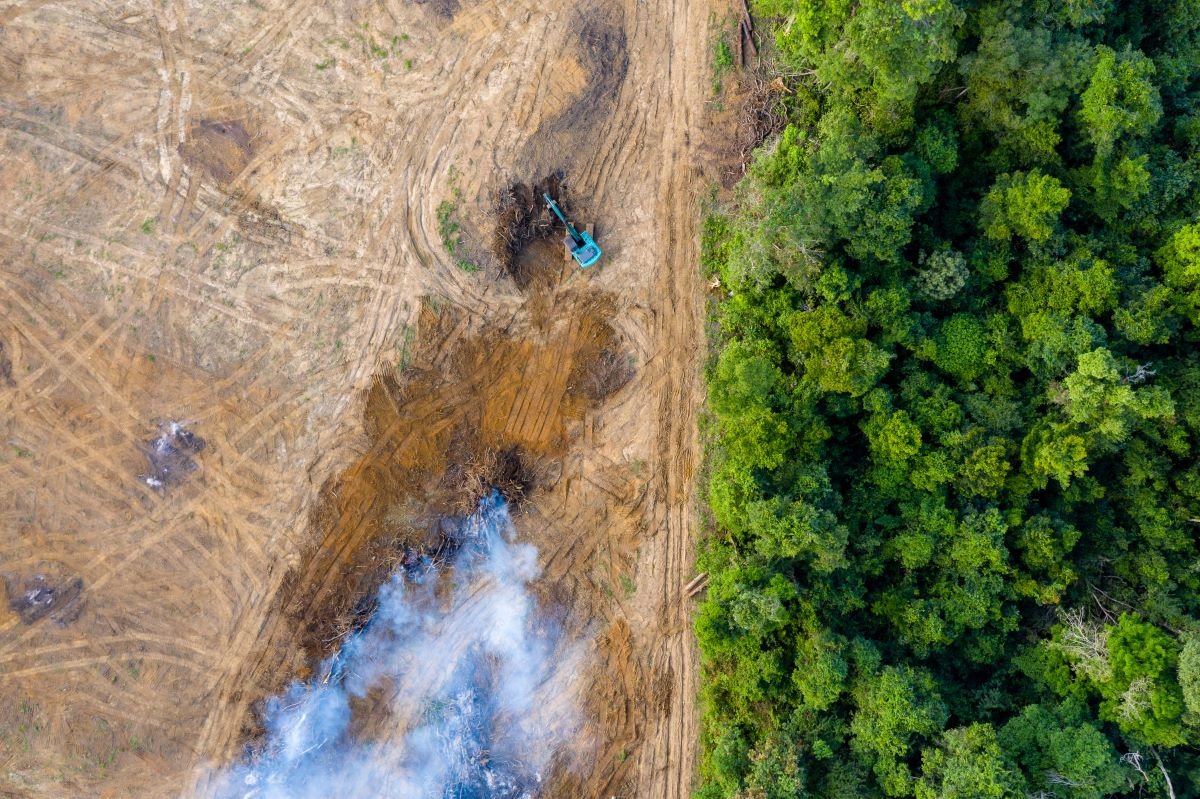Did COP26 succeed in raising the profile of action on agriculture and land?
Agriculture, forestry and other land use drives 23% of human-induced GHG emissions, making it the second-largest driver of climate change after energy. Therefore, addressing the agriculture and land-use sector is key to achieving global emission reductions targets and limiting warming to 1.5C.
Despite this, COP26 did not have a dedicated day on agriculture, land use and food systems. Moreover, Nature Day and the World Leaders Summit saw agriculture and land use overshadowed by forestry. Given the strong link between agriculture and deforestation, driven partly by the associated change in land use, our efforts in this space need to be more holistic.
Why is policy lagging behind the science? Land and property rights and ownership, government support to farmers, and debates around animal proteins are politically sensitive topics. COP26 failed to engage with the politics of sustainable food production head-on. Additionally, it skirted the edges of difficult conversations on sustainable diets and food systems.
Concrete deliverables on agriculture and land use at COP26
- The Glasgow Leaders’ Declaration on Forest and Land Use was signed by 137 countries, representing over 90% of global forests.
- The Glasgow Innovation Breakthrough in Agriculture, to make climate-smart, sustainable agriculture practices the most attractive and widely adopted option by farmers globally by 2030.
- COP26 IPLC Forest Tenure Joint Donor Statement, with UK, Germany, Norway, US, the Netherlands and 18 philanthropic donors pledging €1.7bn to support forest tenure rights of indigenous peoples and local communities.
- The Policy Action Agenda for Transition to Sustainable Food and Agriculture, endorsed by 16 Ministries of Agriculture worldwide, to consider ways to repurpose public policies and support the transition to sustainable agriculture.
- The Global Action Agenda for Innovation in Agriculture, and accompanying #climateshot campaign secured over 160 allies to increase investment in agricultural research and innovation, with a focus on climate-resilient, low emission solutions.
- Launch of the Agricultural Innovation Mission for Climate (AIM4C), with over 30 countries, leveraging over $4bn increased investment in agricultural innovation.
- Koronivia Joint Working Group on Agriculture, reaching consensus on the importance of soil management and sustainable production of animal proteins for climate-resilient food systems. A decision is expected at COP27.
What was missing?
- Pledges and commitments lacked concrete delivery plans and timelines for translating agreements into national legislation. Now pledges need to turn into concrete actions through the corresponding policy shifts.
- Several of them overlap yet lack any obvious mechanism to ensure work joins up and initiatives are complementary.
- Nobody talked about livestock and dairy, despite references in the Koronivia draft conclusions. The issue is live and unanswered.
- The UN Agencies’ definition of what constitutes as forested land is broad. It also fails to differentiate between a forest and a plantation. This means signatories of the GLD are, in theory, able to count soy and oil palm plantations as forested land. The Glasgow Declaration fails to specify whether signatories must halt all deforestation, or merely address illegal deforestation.
What’s next for agriculture and land ahead of COP27 and beyond?
It is encouraging that agriculture and land use are moving up the political agenda. Awareness of the link between how and what we produce and consume is growing. Similarly, awareness about the impact food systems have on the climate and environment is growing. But the policy still lags.
The UK Presidency should continue to build momentum towards COP27:
- As part of Glasgow Breakthroughs UK will convene annual meetings of global leaders to track progress. This could become an annual Climate and Development ministerial, held until 2030, to take stock of progress made on the pledges made at Glasgow, encouraging revisions of NDCs where countries are off track.
- Maintain the Cabinet Office COP Unit Nature Campaign team, to ensure incoming COP Presidency can take up pledges and commitments the UK Presidency successfully hands over.
- Continue to support the work of the Koronivia Joint Working Group on Agriculture. Subsequently leading to an outcome from the Group at COP27, as well as a reference to agriculture and land in the overall COP27 statement.


